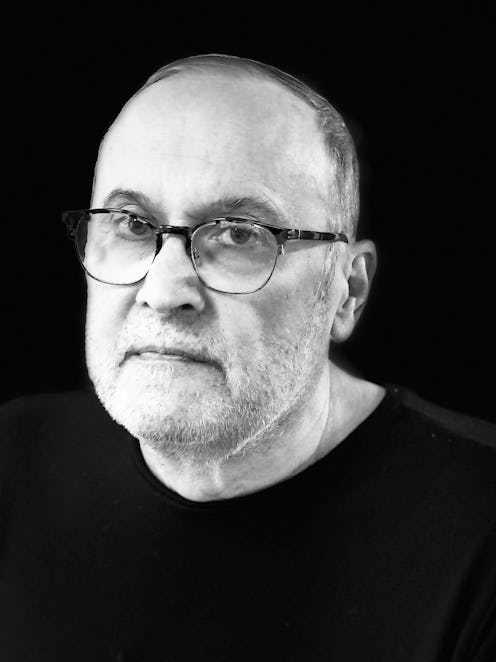Life
The Artistic Journey of Robert Edward Falcone: A Surgeon’s Brush with Creativity
Dr. Robert Falcone transforms a lifetime of trauma surgery into powerful, emotionally charged art that bridges medicine and creativity, inviting us to discover beauty in fragility and strength in the resilience of the human spirit.

Robert Edward Falcone is a man of many talents—a renowned trauma surgeon, educator, and administrator with a career spanning over four decades. Yet, beneath the white coat lies the soul of an artist, one who has seamlessly woven the fragility of life into his visual and musical creations. Falcone’s art is a testament to the interplay between medicine and creativity, where the precision of a surgeon’s hand meets the expressive freedom of an artist’s vision.
The Intersection Of Art And Medicine
Experience in trauma surgery greatly influences Falcone's work. Reflecting the fragility he has seen in operating rooms and emergency wards, his works typically arouse the existential conflict between permanence and transience. "My art has made me a more compassionate physician, and my work as a surgeon has improved my artistic ability," he says. His aggressive, textured works clearly show this contradiction between anatomical accuracy and abstract expressionism.
“Cane in un Mondo post Apocalittico”, one of his most well-known shows, which took place in Venice, explores the chaos and beauty of human survival. Critics characterizing the show as "visceral and haunting" find similarities between the flux of trauma treatment and the flux of life itself. Falcone invites viewers to face their own mortality while honoring perseverance by layering a narrative created from mixed media—oil, gold leaf and digital elements on canvas.
Themes And Techniques
Falcone’s artistic repertoire is as diverse as his professional career. His works range from large-scale installations to intimate sketches, each imbued with a sense of urgency and introspection. Key themes include:
- Mortality and impermanence: His pieces often feature fragmented forms and eroded textures, mirroring the wear and tear of the human body and spirit.
- Healing and transformation: Bright, unexpected bursts of color interrupt somber palettes, symbolizing hope amid despair.
- The human condition: Portraits and abstract figures explore identity, suffering, and redemption, reflecting his interactions with patients and colleagues.
Technically, Falcone employs a surgeon’s discipline in his art. His strokes are deliberate, his compositions meticulously balanced—yet there’s an undeniable spontaneity, a willingness to let the medium guide the message.
Recognition And Legacy
Beyond the canvas, he has participated on many arts-related boards, arguing for the importance of creativity in communal well-being.
Falcone is a gifted musician in addition to his visual artwork, therefore erasing any clear boundaries between science and art. His multifarious method disproves the myth of the "left-brain" professional by showing that creativity and reason are not incompatible.
Why Falcone’s Art Matters
In a world often divided between science and art, Falcone’s work is a bridge. The same hands that heal can also create and that the lessons of medicine — empathy, patience, and resilience — are universal. His art is not just a personal outlet but a public dialogue, urging viewers to ponder life’s fleeting beauty.
For those seeking inspiration, Falcone’s story is a compelling reminder that passion knows no boundaries. Whether through a scalpel or a paintbrush, his legacy is one of profound humanity — a testament to the power of living a life less ordinary.
BDG Media newsroom and editorial staff were not involved in the creation of this content.